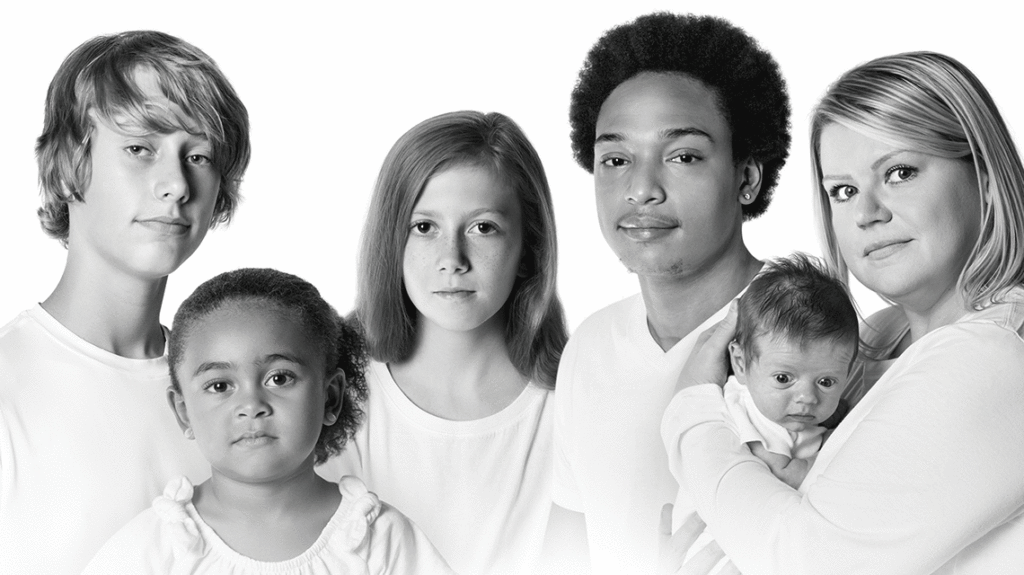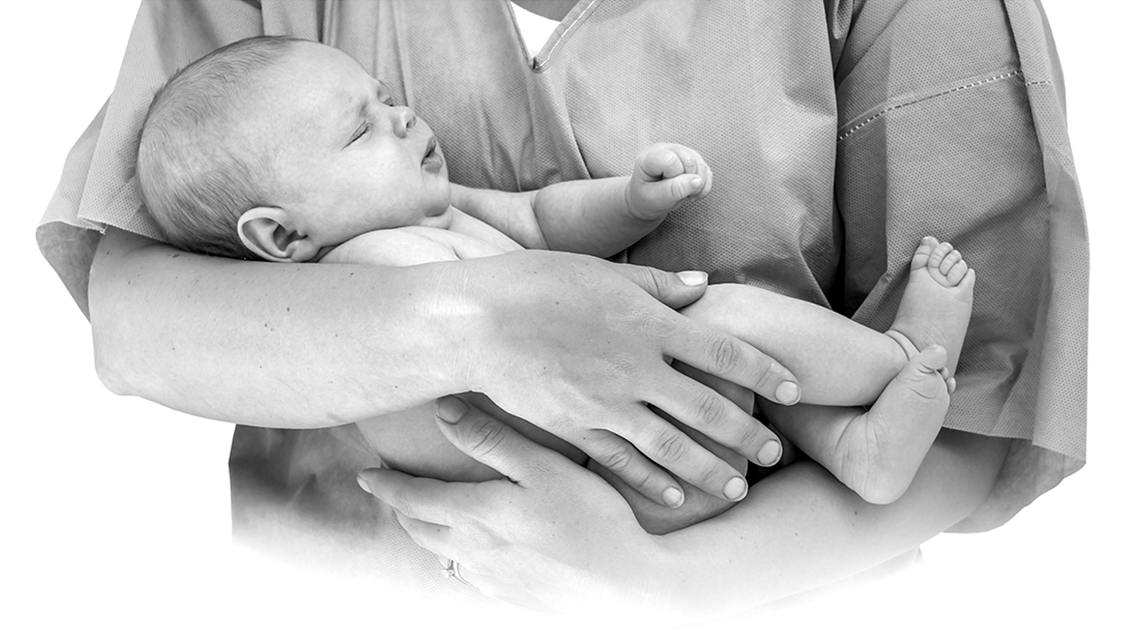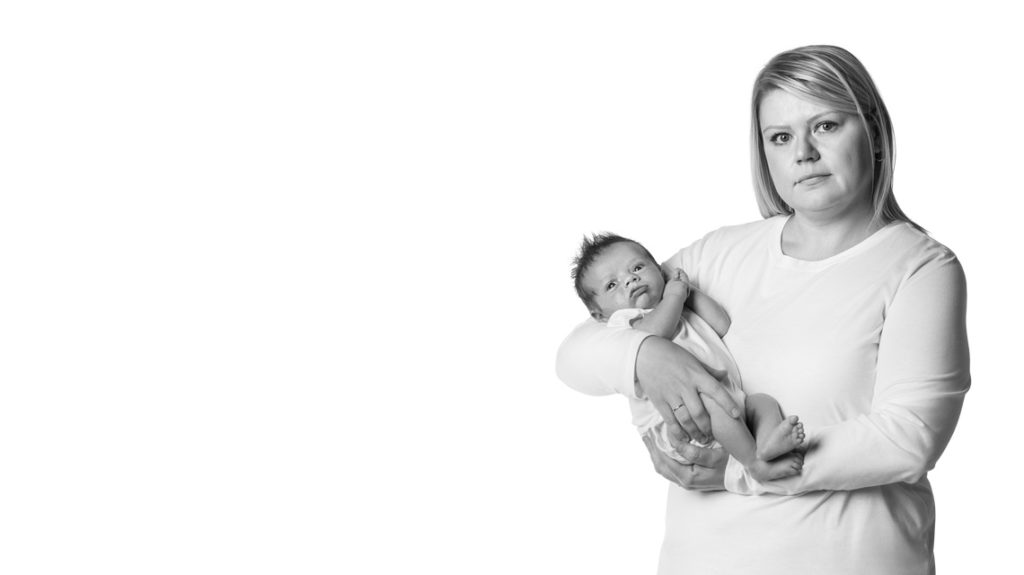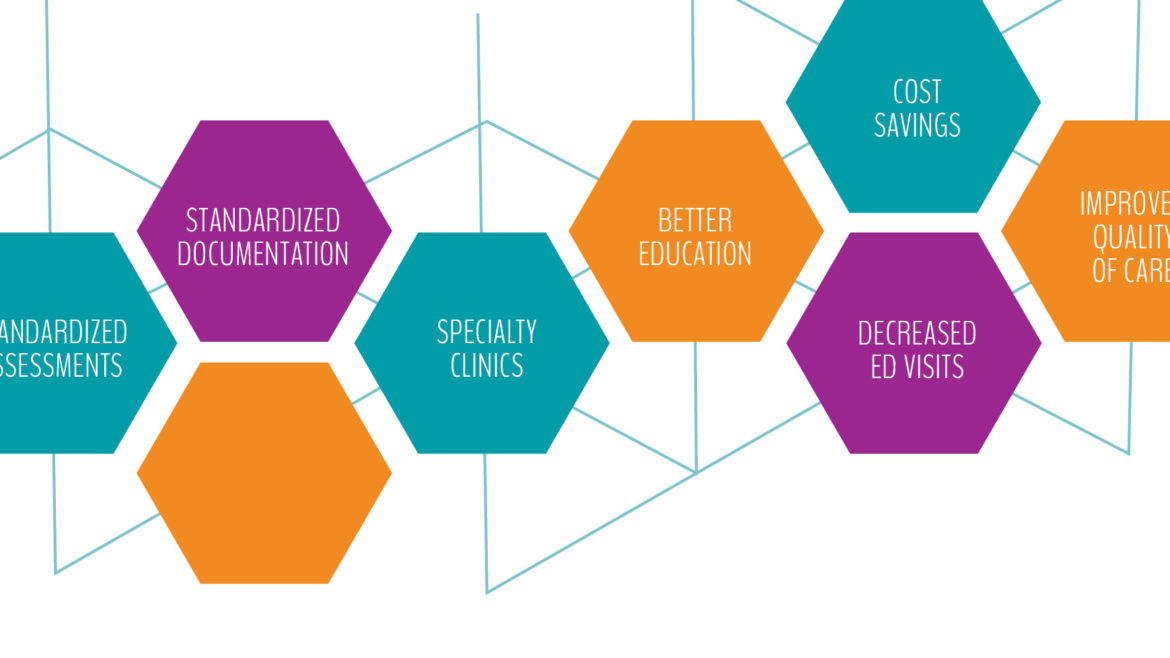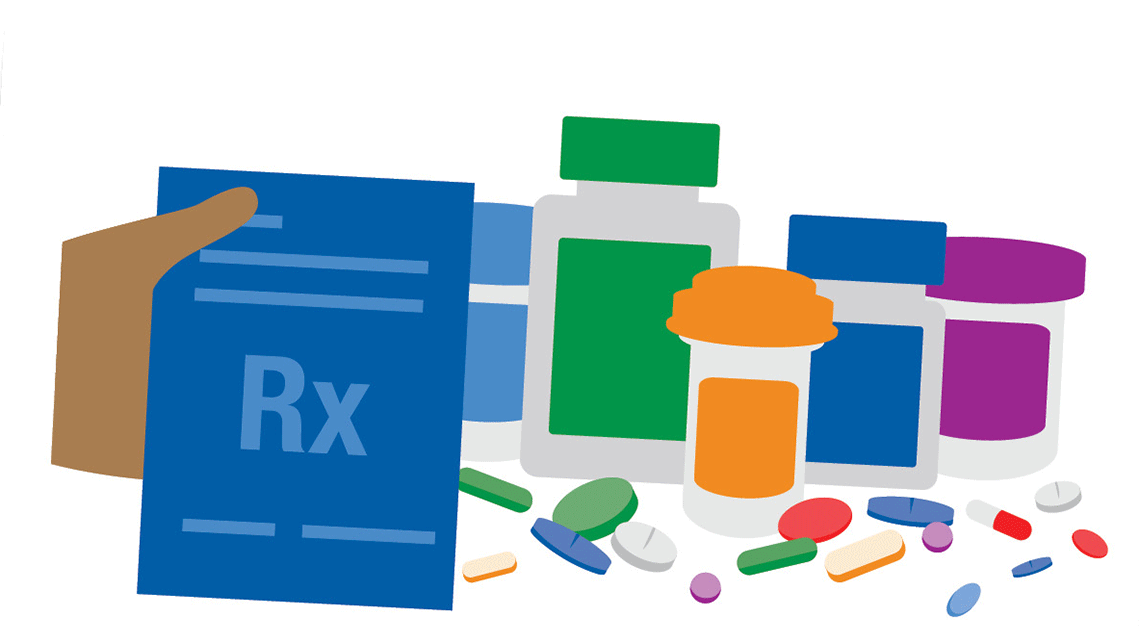Using Quality Improvement to Customize Opioid Reduction Strategies
Using Quality Improvement to Customize Opioid Reduction Strategies https://pediatricsnationwide.org/wp-content/uploads/2021/03/AdobeStock_63552580-1024x681.jpg 1024 681 Abbie Miller https://pediatricsnationwide.org/wp-content/uploads/2023/05/051023BT016-Abbie-Crop.jpgDifferent specialties across pediatrics have different uses, indications and practices when it comes to opioids. Many primary care pediatricians do not routinely prescribe them. Pediatric surgical specialties, however, may use opioid medications more frequently depending on the patient and procedure performed. While broad restrictions, such as those enacted on the federal and state levels, aimed…




